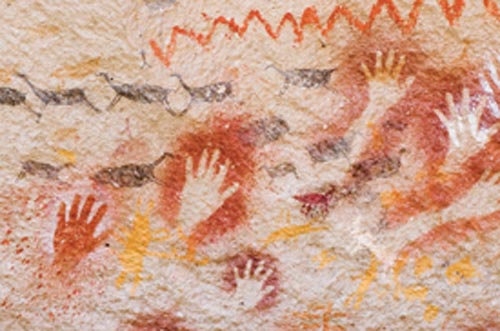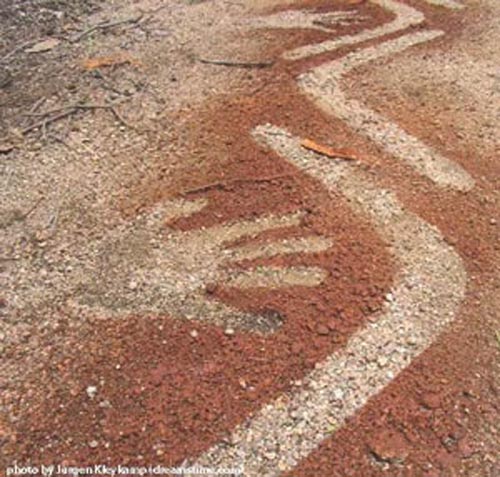The Department of Mines, Industry Regulation and Safety oversees the administration of the Petroleum and Geothermal Energy Act 1967, Petroleum (Submerged Lands) Act 1982 and Petroleum Pipelines Act 1969 and contributes policy on Federal Native Title Act 1993 (Commonwealth) matters.
Native title explained

Acknowledgement is given to the Federal Court of Australia, Commonwealth of Australia’s Attorney-General’s Department and the National Native Title Tribunal as the primary reference source.
Native Title rights and interests relate to land or waters possessed under traditional laws and customs acknowledged and observed by Aboriginal people or Torres Strait Islanders, and are recognised by the common law of Australia. The laws and customs which give rise to Native Title rights and interests, which may vary between groups, must have been acknowledged and observed in a ‘substantially uninterrupted’ way from the time of settlement.
For Native Title to be recognised, Indigenous people must show they have maintained their traditional connection to the land and waters. Find out more about what rights arise from Native Title (page 112).
Origins of Native Title Act
In 1992, the High Court of Australia recognised the Meriam People of the Torres Strait held Native Title rights over part of their traditional lands, known as the Mabo decision. This decision paved the way for Indigenous people to have their Native Title recognised under Australian law.
The Native Title Act commenced on 1 January 1994, and the National Native Title Tribunal was established as an independent Commonwealth Government agency to assist people to resolve Native Title issues over land and waters. Since this date, the tribunal has been amended three times, in 1998, 2007 and 2009.
The tribunal sets out how Native Title is to be recognised and protected including by the operation of future Act regimes. It also provides a process for Indigenous Australians to lodge recognition claims and negotiate about proposed developments over land and waters.
Understanding native title

The Federal and High Courts, and recognised State or Territory bodies, determine whether Native Title does or does not exist in given areas. Where Native Title is recognised, determinations identify Native Title holders and describe their rights and interests. Determinations also set out the non-Native Title rights and interests in the area, and what the relationship between these two sets of rights is.
Some of the areas where Native Title may exist include:
- vacant or unallocated Crown land
- some reserve lands such as national parks, State forests and public reserves
- various pastoral and agricultural leases
- some land held by or for the benefit of Aboriginal people or Torres Strait Islanders
- oceans, seas, reefs, lakes, rivers, creeks, swamps and other waters that are not privately owned.
Native Title rights and interests will have been wholly extinguished by valid government Acts that are inconsistent with the continued existence of Native Title rights and interests, such as the grant or creation of:
- residential freehold
- farms held in freehold
- pastoral or agricultural leases that grant exclusive possession
- residential, commercial or community purpose leases
- public works like roads, schools or hospitals.
Read more about how Native Title is recognised and where it exists (page 112).
Development of native title in Australia
There have been a number of landmark decisions on Native Title in Australia since the Mabo decision and the enactment of the Native Title Act. These cases have gone to the High Court and helped clarify Native Title law - and include:
- Wik Peoples v Queensland [1996]
- Commonwealth v Yarmirr [2001]
- Western Australia v Ward [2002]
- Wilson v Anderson [2002]
- Members of the Yorta Yorta Community v Victoria [2002]
- State of Western Australia v Brown & Or [2014].
Read more about these landmark Native Title decisions (page 113).
